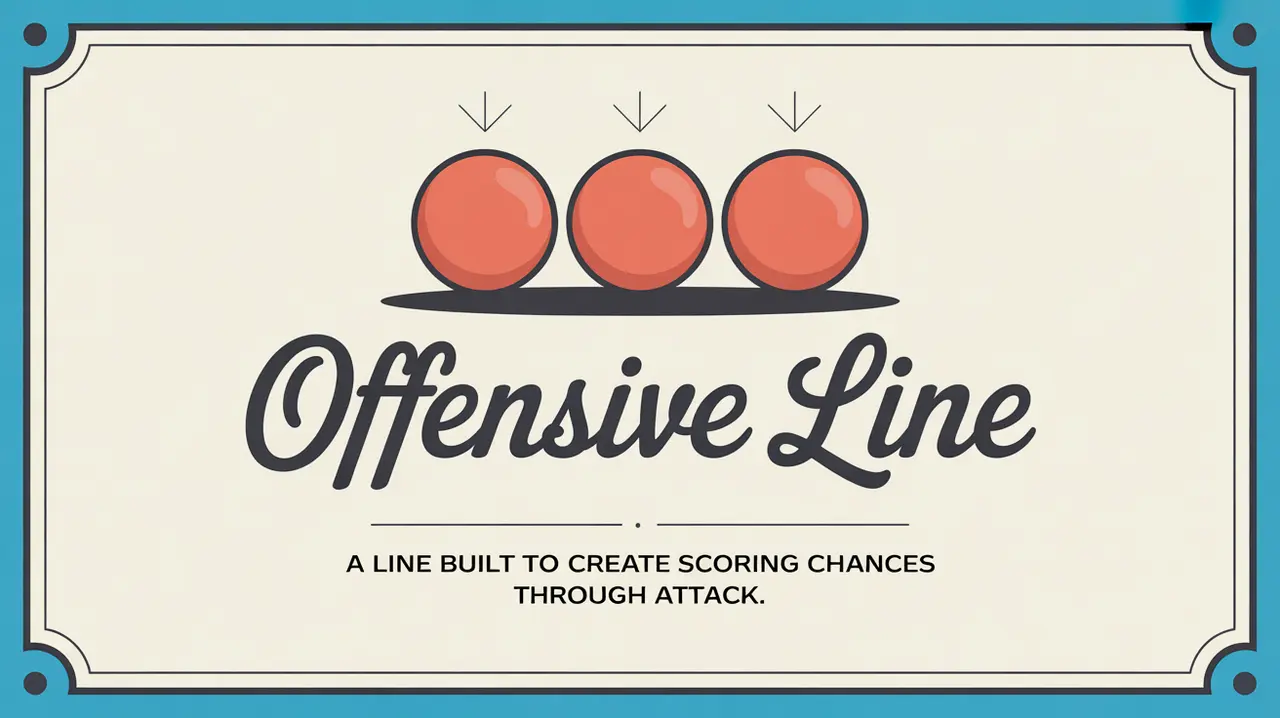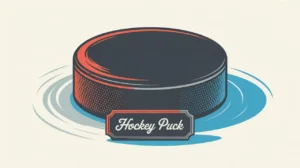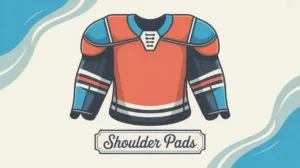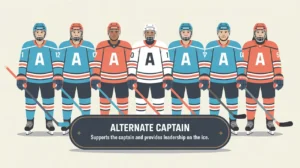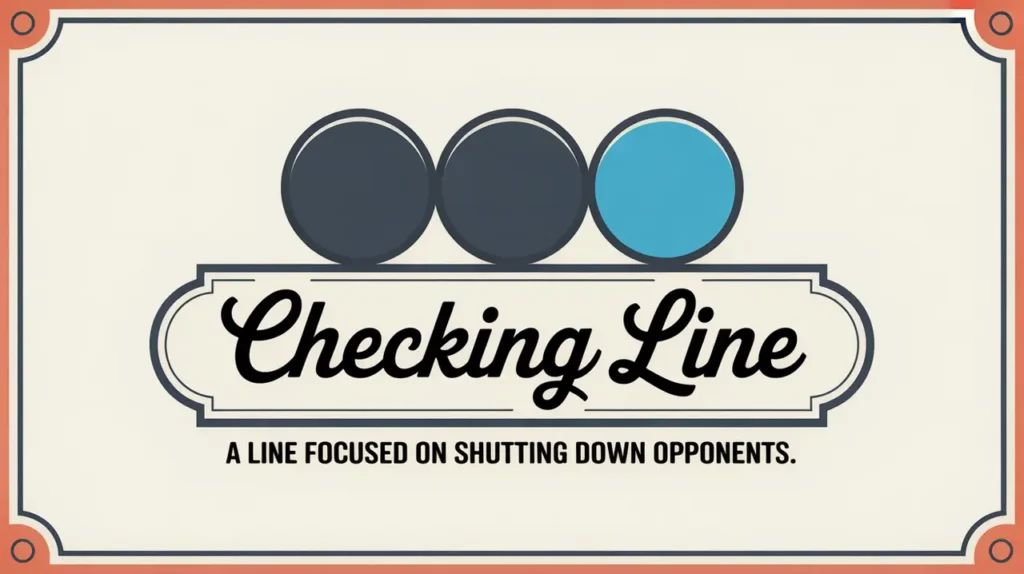Jim’s Intro to Offensive Line
Hi folks, Jim here, the only commentator who once confused an offensive line with a football formation and wondered why no one was blocking.
What is an offensive line?
An offensive line is a forward unit focused on generating sustained pressure and scoring chances through puck possession, creativity, and coordinated attacks. While similar to a scoring line, offensive lines often emphasize controlling the pace of play and creating opportunities through smart structure, not just raw skill.
How does it work?
Offensive lines rely on movement, spacing, and synchronized play:
- Puck Possession First: Offensive lines aim to hold the puck in the attacking zone, forcing defenders to react.
- Layered Attack: Players support each other at different depths, including net-front, mid-zone, and point, to keep options open.
- Strong Cycling: They use the boards and quick passes to wear down defenders.
- Quick Decisions: Crisp puck movement opens seams and high-danger scoring areas.
- Defensive Awareness: While focused on attack, offensive lines must also prevent counterattacks through smart positioning.
How do you make good decisions with it?
- Read the Defense: Adjust positioning to exploit soft spots or collapse coverage.
- Use All Three Players: Avoid overloading one side or playing too individually.
- Move Without the Puck: Support plays by filling lanes and opening passing options.
- Maintain Zone Pressure: Don’t force risky plays that lead to breakouts the other way.
- Know When to Change: Sustained pressure is great, but overstaying a shift kills momentum.
How do you master it?
Mastering an offensive line takes cohesion, vision, and disciplined execution. Players work on cycling patterns, puck support, and timing. Trust and anticipation make these units hard to defend.
What does it look like when done right?
A well-executed offensive line looks relentless and composed. The puck stays in the zone, defenders are forced into mistakes, and scoring chances pile up without rushed plays.
Commentator’s Corner
Jim’s Take
A great offensive line is like a slow squeeze. They don’t rush. They grind, shift, and tighten until the defense cracks.
Parent Tip
Teach young players that offense is built on teamwork and puck support, not just individual rushes.
Player Tip
Keep your feet moving, find open space, and trust your linemates. Sustained pressure breaks teams mentally before it breaks them physically.
A Final Thought
The offensive line is the engine of sustained attack. Master it, and your team will dictate tempo, control possession, and create scoring chances that wear opponents down.

